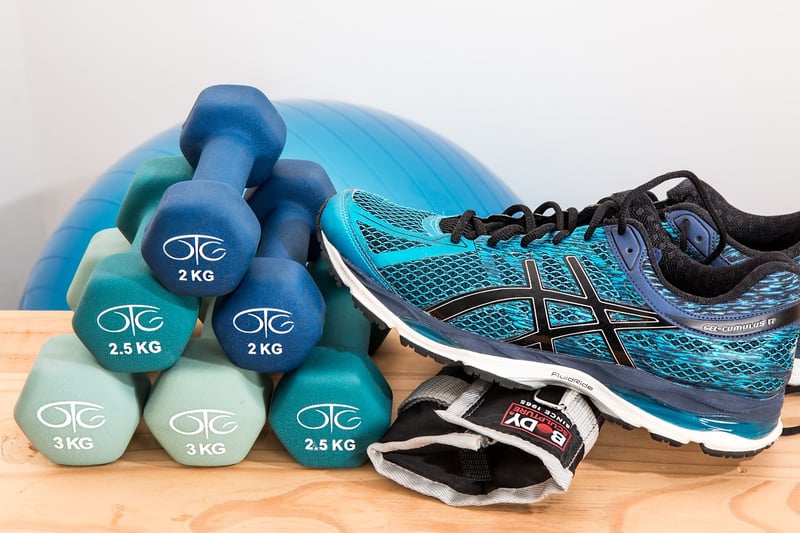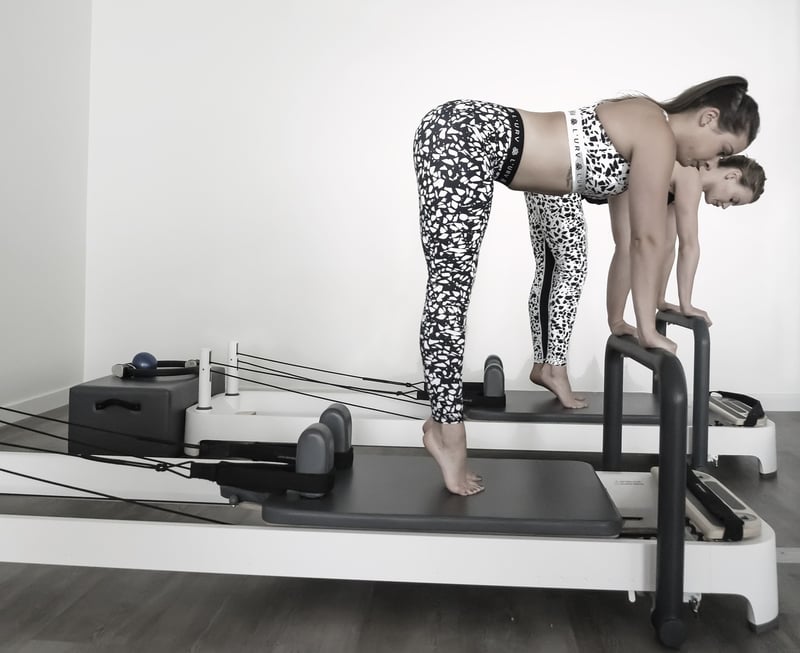Reformer Pilates
The Importance of Core Strength and Alignment in Reformer Pilates
Reformer Pilates is a popular form of exercise that focuses on improving strength, flexibility, and posture. One of the key components of Reformer Pilates is core strength and alignment. Let's explore why these elements are crucial for a successful Pilates practice.
Core Strength
Your core muscles are the foundation of your body's strength and stability. In Reformer Pilates, the exercises are designed to target these deep core muscles, including the transverse abdominis, obliques, and pelvic floor muscles. By strengthening your core, you can improve your balance, support your spine, and enhance your overall athletic performance.
Benefits of Core Strength in Reformer Pilates:
- Improved posture
- Reduced risk of injuries
- Enhanced muscle tone
- Increased stability and balance

Alignment
Alignment refers to the correct positioning of your body during exercise. In Reformer Pilates, proper alignment is essential to ensure that you are targeting the right muscles and avoiding strain or injury. By focusing on alignment, you can maximize the effectiveness of each movement and achieve better results.
Tips for Maintaining Proper Alignment in Reformer Pilates:
- Engage your core muscles
- Keep your spine neutral
- Align your shoulders, hips, and knees
- Listen to your instructor's cues

Conclusion
Core strength and alignment play a vital role in Reformer Pilates, helping you achieve better results, prevent injuries, and enhance your overall well-being. By focusing on these key elements during your Pilates practice, you can experience improved strength, flexibility, and posture.
Whether you are a beginner or an experienced practitioner, incorporating core strength and alignment into your Reformer Pilates routine can take your workout to the next level.
